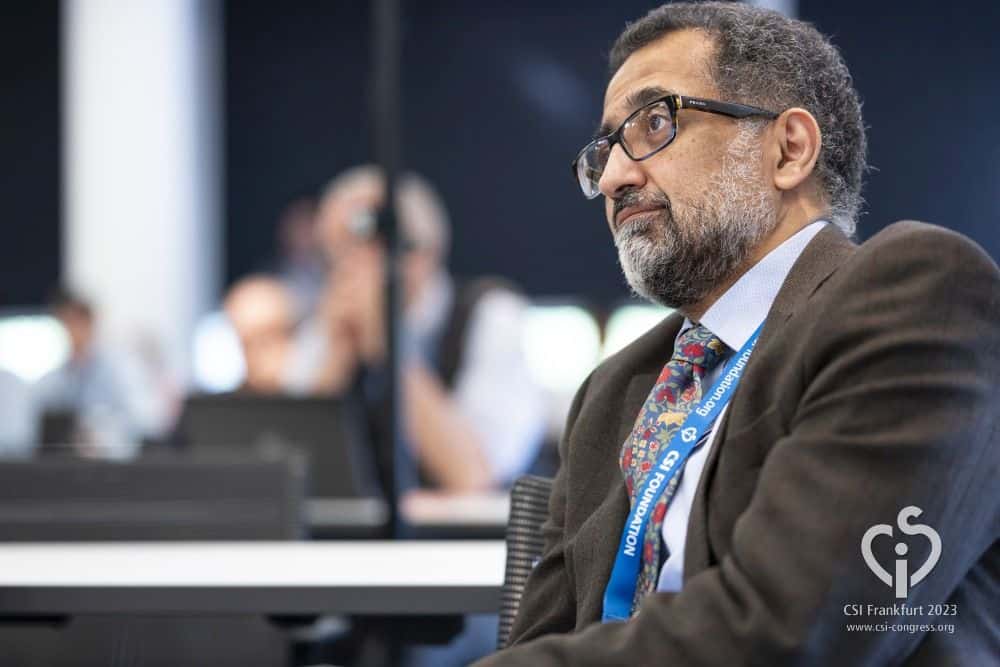In the Medical news recently:
Open surgery or a stent for aortic aneurysms? Powell et al
The outcomes seem similar, so the surgeon needs to do what he/she does every day. There is an error rate in diagnosis of 15% or so, and Imaging with CT scanning to confirm the diagnosis delays things by 10 minutes, but without any deaths in that time. The key is to suspect the diagnosis if you have abdominal pain and have vascular risk factors. Get to hospital by ambulance and get assessed. Death rate is high- over 30% risk of death by 30 days in both groups. Without treatment, death is the usual outcome, however.
BMJ 2014;348:f7661-IMPROVE study
Mobile Phones and the risk of driving. Pless and Pless
At the risk of stating the obvious, using your mobile phone is BAD if you are driving. So is eating, and smoking- as your hands are busy with other things than holding the wheel. 25% of all accidents in the USA are linked to use of mobile phones, and the risk from use may be up to 4x. Texting is worse than holding the phone, which is worse than hands-free use. Obviously there can’t be a Randomised Trial (not in my town anyway- I won’t feel safe on the road). How to achieve better behaviour is challenging.
BMJ 2014;348:g1193
Choose to have your heart attack in working hours
BMJ 2013;347:f7393
A review of published studies shows that it takes 15 minutes longer for the cardiologist to get your artery open when you are having a heart attack, if you present out of hours. That might be some of the reason that outcomes are worse if you don’t arrive in the working day. However, care for heart attacks is better than ever, and in London at least, you will be taken to one of the 8 Heart Attack Centres (HACs). The key is to get assessed by a senior cardiologist ASAP, and if needed, have a stent.
Do we need MORE than just an angiogram when putting a stent in?
Eurointervention 2014;9:1085
I have recently read a number of papers on Intravascular Ultrasound (IVUS) and optical coherence tomography (OCT), both used to better look at stents when they are put in in coronary arteries. Should we use them routinely? The answer is probably no- especially if you don’t know what you are looking at as you are not a regular user. IVUS is essential in two situations:
1. Treating and assessing the left main stem (LMS) coronary artery,
2. and looking at stents that have either clogged acutely (thrombosis) or more slowly (restenosis).
There is some data that routinely using IVUS when placing stents in fact does reduce problems afterwards, but that was not in a randomised trial. If long, or overlapping stents are used, then IVUS makes sue the stent is deployed properly. I would want an IVUS to optimise a stent put in an important area in my heart-and would choose the operator accordingly.
What about OCT. This produces amazing pictures. The article cited above shows that if a small tear is seen on this “HD” picture of the coronary, then it has no long term consequence. No need for an extra stent. This is important as adding stents adds to the risk of renarrowing. OCT is not yet proven to be “better” than IVUS. I would not be demanding OCT for my own stent.
What to do when you have atrial fibrillation and need a stent?
Eurointervention 2013;9:880
So you need anti-coagulation for stroke prevention in atrial fibrillation (AF), but now need a stent, which means being on aspirin and clopiodgrel. What should be done? The first decision is whether to have a drug eluting stent (committed to more medication for up to 1 year) versus bare metal stents (committed for 1 month only, but a worse stent). The choices for medication are:
1. take aspirin, clopidogrel and warfarin. The upside is stroke prevention is maintained. The downside is the bleeding risk.
2. take aspirin and clopidogrel only- the upside is that the stent is protected without too much bleeding risk. The down side is the increased stroke risk with AF. These agents do NOT help.
3. Clopiodgrel plus warfarin. One trial supports this as the longer term plan.
So what if you then bleed? That is dealt with in the article cited above. There is no easy answer, and the risks are high from bleeding, stent thrombosis (a heart attack), and stroke. That requires senior input, assessment of the bleeding source with endoscopy, and then considering options such as Left Atrial Appendage Closure (LAA closure) to avoid warfarin. The newer oral anticoagulants (NOACs) probably do not have a role as there is little evidence of them being used in combination with clopidogrel, AND they cannot be reversed if another bleed occurs.

